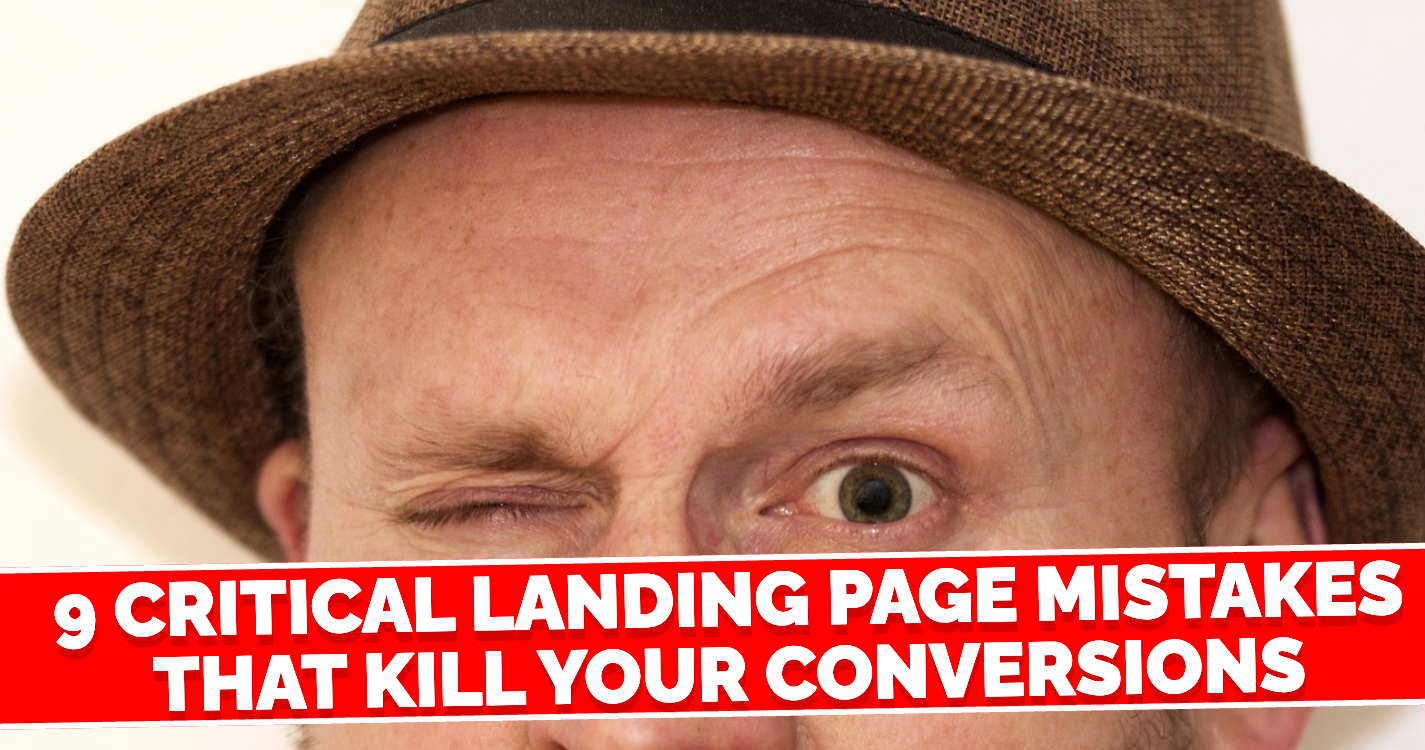Every pixel on your landing page should work towards converting visitors. Here’s what you’re probably getting wrong:
You have too many Call-to-Actions.
50% of founders had one clear goal for their landing page – sign up, download a lead magnet, or book a demo. The other 50% had multiple, often equally prioritized call-to-actions.
The more options you give someone, the less chance of them actually making a decision. Make it dead simple to decide!
And your CTAs are too vague.
Many of the landing pages I reviewed had a CTA to do something.
Yes, they are about to sign up, but… how long would it take? What were they agreeing to? How much would it cost? What technical setup was involved?
Add context to your CTA so the visitor knows what to expect.
You don’t explain why you are unique.
After booking a roast, customers were asked to fill out a quick form. One of the questions was, “What makes your business unique?”
Nearly every founder was able to gracefully capture their product or business USPs in the form, but only about 1 in 5 used them on their landing page.
Your landing page needs to explain what makes you unique. If a buyer is in the consideration stage (comparing solutions), your USP is what will make them recall you and decide if you are the best fit for their needs.
You don’t address their pain.
The Pain/Agitate/Solve (PAS) framework is a common copywriting technique used to increase conversion.
Most landing pages touched on the pain they addressed, but only 1 in 15 agitated it or used emotional language and vivid imagery to make the reader “feel” it.
Do this well, and you’ll move the reader to explore the solution.
You don’t have any (real) social proof.
Testimonials, ratings, awards, or quantifications to evidence that other people use and love your product.
Only about 40% of landing pages had it above the fold (what people see when they first land on your page). Out of those, only about half had testimonials touching on the pain and benefits elsewhere on the page.
Many of the pages I roasted had testimonials – but they did not come off as authentic. They felt faked! This is much more common in text form compared to video testimonials.
Your language is too complex.
About 1 in 8 landing pages I read, I needed help understanding what it was about on the first read-through. It required several attempts to simply ‘get it’.
I was getting paid to be there, and work out what was going on – your visitors are not. If they feel they do not understand, they will think that “this is not for me” and leave.
Avoid technical terms and acronyms, and write in plain language. Ask yourself: “Would a 12-year-old understand this?”
There are no clear benefits.
Many pages talked in detail about product features but not what it would actually help the user with. Research has shown again and again that talking about the benefit results in a higher conversion rate.
Visitors shouldn’t have to figure out how and why the product will benefit them. Use simple, benefit-focused language and share real-life user cases.
Their objections are not addressed.
When reading through your landing page, a potential buyer will have more questions popping up in their head. Doubts that you need to address before they will ever buy.
Find out what they are – talk to users, use surveys, etc – and address them throughout the copy or in a FAQ.
You are all talk – no proof.
Many companies believe they just have to tell their audience why they are the best – and they will magically believe them. If your page is just talking about all the amazing features and how great you are, no one will believe you.
Add interactive demos, product animations, walkthroughs, and case studies to prove your claims and offer the reader a way to experience your product.
Let visitors experience your value proposition rather than just reading about it.
